Home>Garden Essentials>50/50 Soil Mix Is Made With What
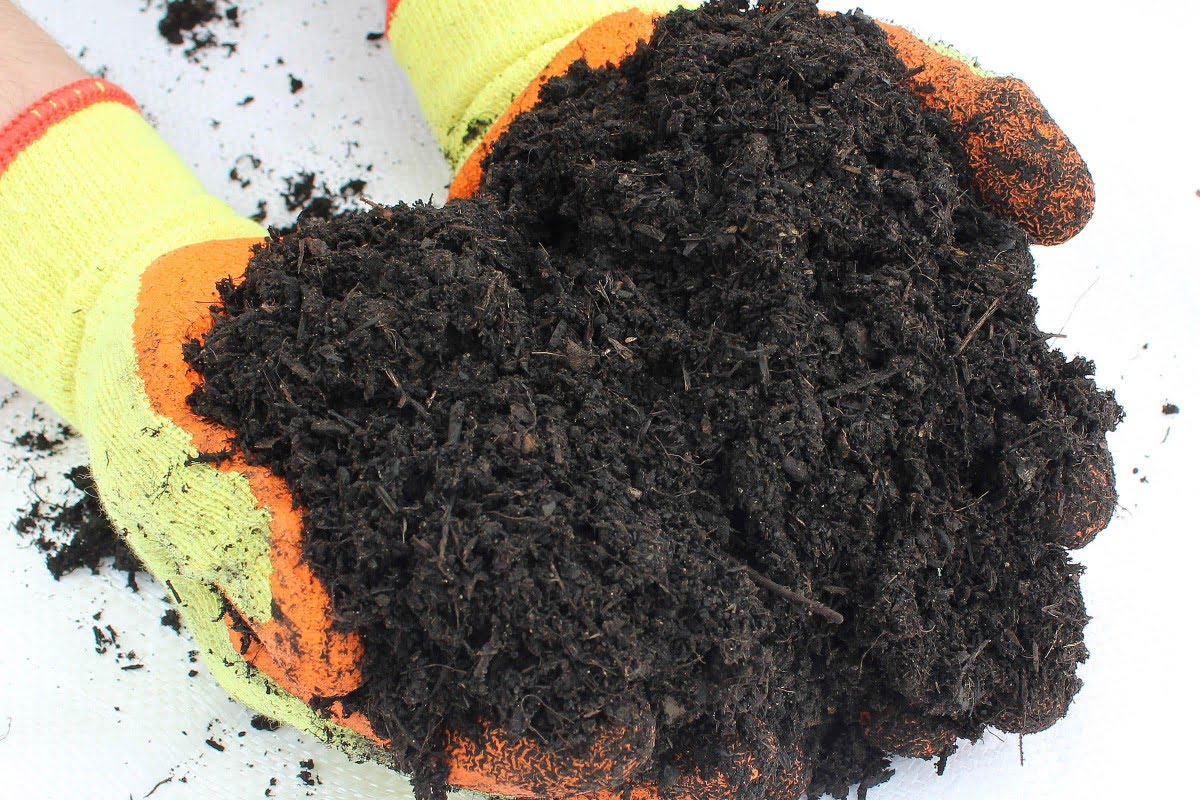

Garden Essentials
50/50 Soil Mix Is Made With What
Modified: March 16, 2024
Looking to create the perfect garden soil mix? Discover how a 50/50 combination can transform your garden with nutrient-rich soil.
(Many of the links in this article redirect to a specific reviewed product. Your purchase of these products through affiliate links helps to generate commission for Storables.com, at no extra cost. Learn more)
Introduction
When it comes to gardening, soil plays a vital role in the success of your plants. The quality of the soil directly affects the health and growth of your garden. While there are various types of soil mixes available, one popular option among gardeners is the 50/50 soil mix. This unique blend of organic and inorganic matter provides many benefits for your plants.
In this article, we will explore what exactly a 50/50 soil mix is, its benefits, and the components that make up this versatile blend. Whether you are a seasoned gardener or just starting out, understanding the fundamentals of a 50/50 soil mix can greatly enhance your gardening experience.
So let’s dive in and discover why the 50/50 soil mix is a go-to choice for many garden enthusiasts!
Key Takeaways:
- The 50/50 soil mix combines organic and inorganic matter in equal parts, creating a balanced blend that promotes healthy plant growth, improved drainage, and optimal nutrient availability.
- By using the 50/50 soil mix, gardeners can create an ideal environment for plants, leading to healthier growth, improved nutrient uptake, and better overall plant health.
Read more: What Soil Mix For Succulents
What is a 50/50 Soil Mix?
A 50/50 soil mix, as the name suggests, is a blend of organic and inorganic matter in equal proportions. It is a balanced combination that aims to provide an optimal environment for plant growth and vitality. This soil mix is commonly used in container gardening, raised beds, and other planting scenarios where the native soil may not be ideal.
The 50/50 soil mix offers a middle ground between the benefits provided by organic matter and those offered by inorganic matter. Organic matter, such as compost and peat moss, provides nutrients, improves soil structure, and enhances water retention. On the other hand, inorganic matter, such as perlite or vermiculite, aids in improving drainage, reducing compaction, and ensuring proper aeration for plant roots.
By combining these two components in equal parts, the 50/50 soil mix takes advantage of their respective benefits, resulting in a nutrient-rich, well-draining, and well-aerated growing medium. This balanced blend promotes healthy root development and allows plants to efficiently absorb essential nutrients and moisture.
It is important to note that the specific ratios of organic and inorganic matter in a 50/50 soil mix may vary based on the requirements of different plants or gardening situations. Some gardeners may choose to adjust the proportions slightly to suit the needs of specific plant species or to address specific soil conditions.
Now that we understand the basic concept of a 50/50 soil mix, let’s explore the benefits it offers for your garden.
Benefits of Using a 50/50 Soil Mix
Using a 50/50 soil mix in your garden offers a wide range of benefits that can significantly improve the health and growth of your plants. Let’s take a closer look at some of these advantages:
- Improved Nutrient Availability: The organic matter in the soil mix provides essential nutrients that can nourish your plants. This promotes healthy growth, vibrant foliage, and robust flowering or fruit production. The inorganic matter helps to enhance the nutrient availability by improving the soil’s ability to retain and release nutrients over time.
- Enhanced Drainage and Aeration: One of the main benefits of using a 50/50 soil mix is its improved drainage and aeration properties. The inorganic components, such as perlite or vermiculite, create air pockets within the soil, allowing roots to breathe and preventing waterlogged conditions that can lead to root rot. Proper drainage and aeration are crucial for healthy root development and overall plant vitality.
- Optimal Water Retention: While proper drainage is important, ensuring adequate water retention is equally crucial. The organic matter in the soil mix acts as a sponge, absorbing and holding moisture for plants to access when needed. This helps to maintain consistent soil moisture levels, reducing the risk of underwatering or overwatering your plants.
- Improved Soil Structure: A 50/50 soil mix helps to improve the overall structure of the soil. The organic matter adds structure and stability, preventing soil compaction and erosion. The inorganic matter increases the porosity of the soil, allowing for better root penetration and nutrient uptake.
- Neutral pH Balance: The balanced combination of organic and inorganic matter in a 50/50 soil mix helps to stabilize the pH of the soil. This is especially beneficial for plants that have specific pH requirements. The neutral pH balance allows plants to efficiently absorb nutrients and prevents nutrient deficiencies or toxicities caused by extreme pH levels.
Overall, using a 50/50 soil mix provides an ideal growing medium that promotes healthy plant growth, improves nutrient availability, and ensures proper drainage and moisture retention. Whether you are growing flowers, vegetables, or herbs, this balanced soil mix can help you achieve successful and thriving plants.
Components of a 50/50 Soil Mix
A 50/50 soil mix combines organic and inorganic components in equal proportions to create an ideal growing medium for plants. Let’s delve into the key components that make up this versatile blend:
- Organic Matter: The organic matter in a 50/50 soil mix provides essential nutrients and enhances the soil’s ability to retain moisture. Common organic components include compost, well-rotted manure, peat moss, and coconut coir. These materials not only enrich the soil with nutrients but also improve soil structure and promote beneficial microbial activity.
- Inorganic Matter: Inorganic matter refers to materials that do not decompose and provide structure and aeration to the soil. Common inorganic components found in a 50/50 soil mix include perlite, vermiculite, pumice, or coarse sand. These materials help to improve drainage by creating air pockets in the soil, preventing compaction, and promoting root development.
- Nutrient Enhancers: To further enrich the soil mix and provide additional nutrients, gardeners often add organic fertilizers or amendments. Common examples include bone meal, blood meal, fish meal, kelp meal, or worm castings. These nutrient enhancers provide a slow release of essential minerals, promoting healthy plant growth and vigor.
- Moisture Retention Agents: To improve water retention in the soil mix, moisture retention agents may be added. These can include substances such as hydrogel crystals or coconut coir. These agents absorb and hold water, gradually releasing it to the plants’ roots as needed, prolonging the time between watering and preventing soil from becoming too dry.
- pH Adjusters: In order to ensure an optimal pH balance for plants, gardeners may incorporate pH adjusters into the 50/50 soil mix. For example, dolomite lime can be added to raise pH levels in acidic soils, while elemental sulfur can be used to lower pH levels in alkaline soils. Balancing the pH helps plants efficiently absorb nutrients from the soil.
It is important to note that the specific components and ratios can be adjusted based on the preferences and requirements of different plants. Certain plants may require specific soil conditions, such as acidic or alkaline soil, while others may benefit from additional amendments tailored to their nutrient needs.
By combining these various components, a 50/50 soil mix delivers a balanced blend that offers the benefits of organic matter and inorganic materials. This results in a nutrient-rich, well-draining, and well-aerated soil that promotes healthy plant growth and maximizes the potential of your garden.
Organic Matter
Organic matter is a crucial component of a 50/50 soil mix as it provides essential nutrients, improves soil structure, and enhances moisture retention. Here are some key points to understand about organic matter in the soil mix:
- Nutrient-rich: Organic matter, such as compost, well-rotted manure, or leaf mold, is rich in nutrients like nitrogen, phosphorus, and potassium. These nutrients are vital for plant growth and development. When incorporated into the soil mix, organic matter slowly releases these nutrients, providing a steady supply for plants.
- Soil structure improvement: Organic matter plays a crucial role in improving the overall structure of the soil. It helps to bind soil particles together, creating aggregates that allow for better drainage and aeration. This improved soil structure allows plant roots to penetrate the soil more easily and access nutrients and water effectively.
- Water retention: One of the key advantages of organic matter is its ability to retain moisture in the soil. It acts as a sponge, absorbing water and slowly releasing it to plant roots. This helps to prevent water runoff, reduce the frequency of watering, and ensures that plants have access to consistent moisture levels.
- Beneficial microbial activity: Organic matter serves as a food source for beneficial soil microbes, such as bacteria and fungi. These microorganisms break down organic matter further, releasing nutrients in a form that plants can readily absorb. This symbiotic relationship between plants and soil microbes enhances nutrient availability and overall plant health.
- Enriches soil with organic carbon: Organic matter is a significant source of organic carbon in the soil. Organic carbon aids in improving soil fertility and water-holding capacity. It also helps to sequester carbon dioxide from the atmosphere, contributing to climate change mitigation.
When incorporating organic matter into your 50/50 soil mix, it is essential to use well-rotted or composted organic materials. This ensures that any potential pathogens or weed seeds are killed during the decomposition process. Additionally, regularly adding organic matter to the soil mix helps to maintain soil fertility and improve its long-term health.
The organic matter component in a 50/50 soil mix provides necessary nutrients, improves soil structure, enhances water retention, promotes beneficial microbial activity, and enriches the soil with organic carbon. Together with the inorganic components, it creates an optimal growing medium for your plants.
A 50/50 soil mix is made with equal parts of potting soil and perlite or vermiculite. This combination provides good drainage and aeration for plant roots.
Read more: What Is A Cactus Soil Mix
Inorganic Matter
Inorganic matter is an important component of a 50/50 soil mix as it helps to improve drainage, prevent soil compaction, and promote root development. Here are some key points to understand about inorganic matter in the soil mix:
- Improved drainage: Inorganic materials like perlite, vermiculite, or pumice, are lightweight and porous, creating air pockets within the soil. These air pockets allow excess water to drain freely, preventing waterlogged conditions that can lead to root rot and other plant health issues. Proper drainage is crucial for healthy root growth.
- Reduced soil compaction: Inorganic matter helps to prevent soil compaction by increasing the porosity of the soil. Compacted soils can restrict root growth and hinder the movement of air, water, and nutrients. Inorganic materials, such as sand or perlite, facilitate the creation of spaces in the soil which allow roots to spread and access essential resources.
- Aeration and oxygen supply: Inorganic matter improves soil aeration, ensuring that plant roots have access to oxygen. Oxygen is vital for root respiration, supporting energy production and nutrient uptake. Adequate oxygen supply also promotes beneficial soil microbial activity, creating a healthy soil ecosystem.
- Root support and anchorage: Inorganic materials provide stability and support for plant roots. This is particularly beneficial in container gardening, where the lack of natural soil can hinder root development. Inorganic matter like perlite or vermiculite helps to anchor the roots, promoting stronger and healthier plants.
- Long-lasting stability: Inorganic materials are resistant to decomposition and provide long-lasting stability to the soil mix. This ensures that the soil structure and porosity are maintained over time, allowing for sustained plant growth and minimizing the need for frequent soil amendments.
When using inorganic matter in your 50/50 soil mix, it’s important to choose materials that are suitable for your specific gardening needs. Consider factors such as the water retention capabilities, particle size, and the particular requirements of the plants you are cultivating.
The inorganic matter component in a 50/50 soil mix enhances drainage, reduces soil compaction, promotes root development, and provides stability to support healthy plant growth. When combined with the organic matter component, it creates a balanced and nutrient-rich growing medium for your garden.
Nutrient Enhancers
Nutrient enhancers are an important component of a 50/50 soil mix as they provide additional nutrients to support plant growth and development. These additives help ensure that your plants have access to a wide range of essential minerals. Here are some key points to understand about nutrient enhancers in the soil mix:
- Supplemental nutrients: Nutrient enhancers, such as organic fertilizers or amendments, are added to the soil mix to supplement the existing nutrient content. These additives provide a concentrated source of essential minerals like nitrogen, phosphorus, and potassium, as well as trace elements that may be lacking in the soil.
- Slow-release of nutrients: Many nutrient enhancers are designed to release nutrients gradually over time, providing a steady supply to plants as they need them. This slow-release mechanism helps prevent nutrient imbalances or excesses, ensuring a more balanced uptake by the plants.
- Customized nutrient profiles: Different plants have varying nutrient requirements, and nutrient enhancers allow gardeners to tailor the soil mix to meet those specific needs. For example, certain plants may require higher levels of phosphorus for flowering and fruiting, while others may benefit from increased levels of calcium or magnesium.
- Promotes overall plant health: Nutrient enhancers not only support plant growth but also contribute to overall plant health. Adequate nutrient availability strengthens plant immune systems, making them more resistant to diseases, pests, and environmental stresses.
- Organic and synthetic options: Nutrient enhancers come in both organic and synthetic forms. Organic options include materials like bone meal, blood meal, fish meal, or composted manure. Synthetic fertilizers are manufactured products that provide specific nutrient ratios. Gardeners can choose which type to use based on their personal preferences and the specific requirements of their plants.
When using nutrient enhancers in your 50/50 soil mix, it’s important to follow package instructions and to avoid over-fertilization, as excessive nutrient levels can damage plants. Regular soil testing can help monitor nutrient levels and guide the use of nutrient enhancers to maintain a healthy balance.
The incorporation of nutrient enhancers in a 50/50 soil mix ensures that your plants receive the necessary minerals for optimal growth and productivity. When combined with the organic and inorganic components, nutrient enhancers contribute to a well-rounded and nutrient-rich growing medium for your garden.
Moisture Retention Agents
Moisture retention agents are important components of a 50/50 soil mix as they help to improve water retention and regulate moisture levels in the soil. These additives play a key role in ensuring that plants have access to adequate moisture, especially in dry or arid climates. Here are some key points to understand about moisture retention agents in the soil mix:
- Water-absorbing properties: Moisture retention agents, such as hydrogel crystals or coconut coir, have the ability to absorb and hold water. These materials can retain large amounts of moisture and release it slowly, providing a consistent water supply to plant roots.
- Reduced watering frequency: By incorporating moisture retention agents into the soil mix, you can reduce the frequency of watering. These agents absorb excess moisture during watering and gradually release it back to the plants as the soil dries out. This can be particularly beneficial in situations where regular watering may be challenging, such as during vacations or in areas with limited access to water.
- Prevention of water runoff: Moisture retention agents help to prevent water runoff by holding onto moisture in the soil for longer periods. This allows plants to effectively utilize the water, reducing wastage and ensuring maximum water retention in the root zone.
- Improved plant resilience: Adequate moisture is crucial for plant growth and survival. Moisture retention agents assist in maintaining consistent soil moisture levels, preventing drought stress and helping plants withstand dry periods. They contribute to overall plant resilience by ensuring a stable water supply.
- Environmentally friendly options: Many moisture retention agents are eco-friendly and biodegradable. For example, coconut coir is derived from the fibrous husks of coconut and is a sustainable alternative to peat moss. Using these environmentally friendly options ensures that your gardening practices are sustainable and reduce environmental impact.
When utilizing moisture retention agents in your 50/50 soil mix, it’s important to follow the recommended application rates to avoid excessive water retention and potential waterlogging. Maintaining a careful balance of moisture is crucial to prevent issues such as root rot or fungal diseases.
Moisture retention agents in a 50/50 soil mix contribute to improved water management, reduced watering frequency, and enhanced plant resilience. Alongside the other components of the soil mix, they provide a well-rounded growing medium that optimizes moisture levels for your plants.
pH Adjusters
pH adjusters are an essential component of a 50/50 soil mix as they help to regulate the pH level of the soil. pH is a measure of how acidic or alkaline the soil is, and it plays a crucial role in nutrient availability to plants. Here are some key points to understand about pH adjusters in the soil mix:
- pH balance: pH levels significantly influence nutrient availability in the soil. Different plants thrive in specific pH ranges, and adjusting the pH ensures that plants can efficiently absorb nutrients from the soil. Most plants prefer a slightly acidic to neutral pH range around 6 to 7.
- Alkaline soil adjustment: If your native soil is naturally alkaline, pH adjusters like sulfur can be added to lower the pH and create a more acidic environment. Lowering the pH helps certain plants that prefer acidic conditions, such as azaleas or blueberries, to thrive.
- Acidic soil adjustment: In some cases, if the native soil is naturally acidic, pH adjusters like dolomite lime can be added to raise the pH and make the soil more alkaline. This adjustment benefits plants that prefer alkaline conditions, such as roses or lavender.
- Adjusting nutrient availability: pH adjusters play a significant role in making essential nutrients available to plants. Soil pH affects the solubility of nutrients in the soil, and adjusting the pH level ensures that plants can access nutrients optimally. This helps to prevent nutrient deficiencies or toxicities that can hinder plant growth.
- Regular monitoring of pH: Monitoring the pH level of your soil is crucial to ensure that it remains within the desired range for your plants. Soil testing kits or laboratory analysis can help determine the current pH level. Regular monitoring allows you to make necessary adjustments and maintain the optimal pH conditions for healthy plant growth.
When adjusting the pH in your 50/50 soil mix, it’s important to follow recommended application rates and guidelines specific to the pH adjuster you are using. This ensures that the pH adjustment is gradual and avoids sudden shifts that can stress plants.
By incorporating pH adjusters into your 50/50 soil mix, you can create the ideal pH conditions for your plants. This adjustment promotes optimal nutrient availability and ensures that your plants can thrive in their preferred pH range.
Read more: What Is Humus Soil Mix
Conclusion
The 50/50 soil mix offers a balanced blend of organic and inorganic matter, providing numerous benefits for your garden. By combining the nutrient-rich properties of organic matter with the improved drainage and aeration of inorganic matter, this soil mix creates an optimal growing medium that promotes healthy plant growth and vitality.
The organic matter component enriches the soil with essential nutrients, improves soil structure, enhances moisture retention, and promotes beneficial microbial activity. On the other hand, the inorganic matter component improves drainage, reduces soil compaction, promotes root development, and provides stability to the soil mix.
In addition, nutrient enhancers can be incorporated to supplement nutrient content and customize nutrient profiles to meet the specific needs of different plants. Moisture retention agents help regulate water availability, reduce watering frequency, and improve plant resilience. pH adjusters play a crucial role in maintaining optimal pH levels for efficient nutrient availability.
By utilizing these components in the 50/50 soil mix, you can create an ideal environment for plants, leading to healthier growth, improved nutrient uptake, and better overall plant health. Whether you are an experienced gardener or a beginner, understanding the fundamentals of a 50/50 soil mix can greatly enhance your gardening success.
Remember to regularly monitor your soil’s pH and nutrient levels to ensure they are at the optimal range for your plants. Adjusting the soil mix components based on specific plant requirements and soil conditions can help you create tailored growing conditions for different plant species.
In conclusion, the 50/50 soil mix provides a well-balanced and nutrient-rich foundation for your garden, giving your plants the best possible start for beautiful and thriving growth.
Frequently Asked Questions about 50/50 Soil Mix Is Made With What
Was this page helpful?
At Storables.com, we guarantee accurate and reliable information. Our content, validated by Expert Board Contributors, is crafted following stringent Editorial Policies. We're committed to providing you with well-researched, expert-backed insights for all your informational needs.
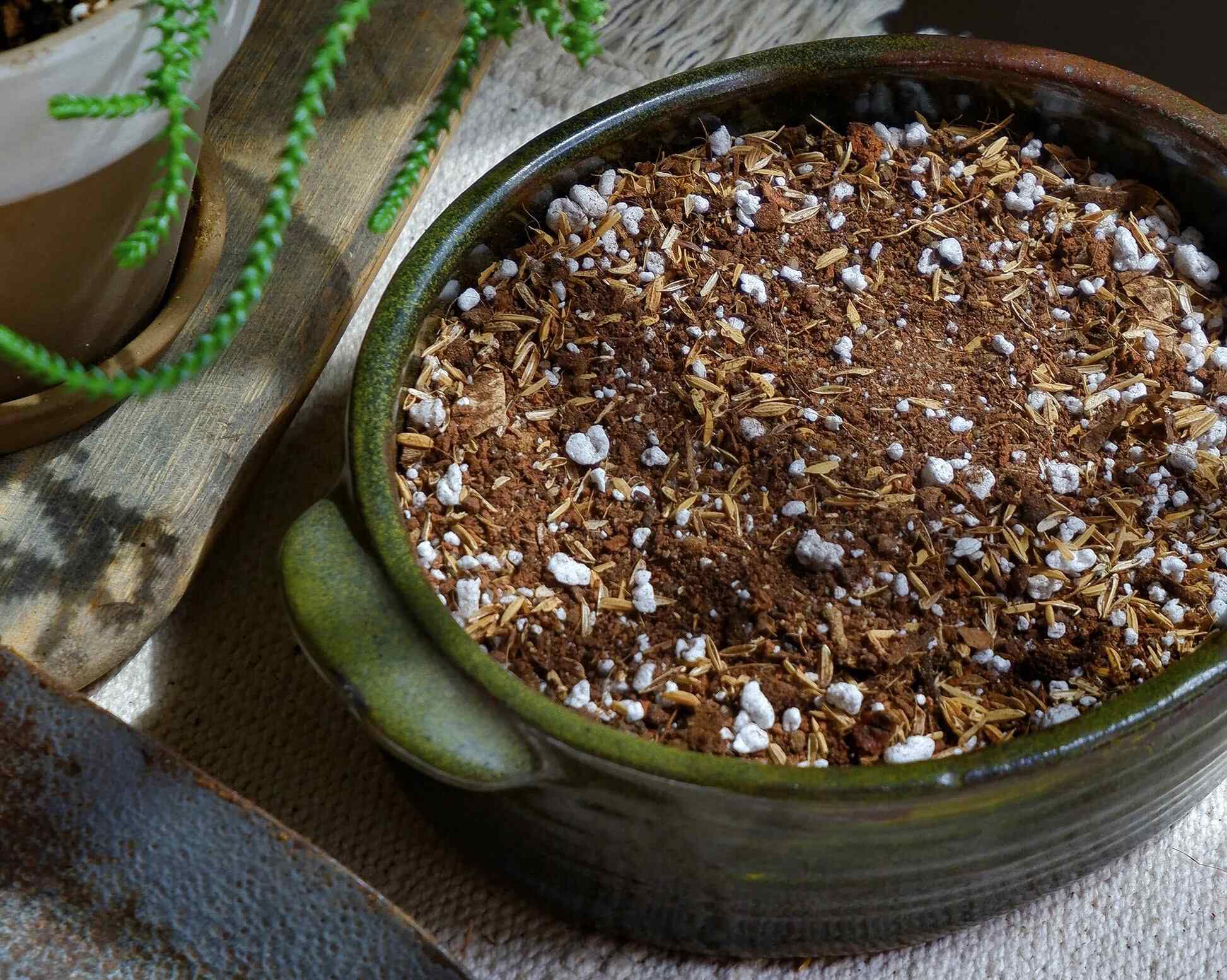
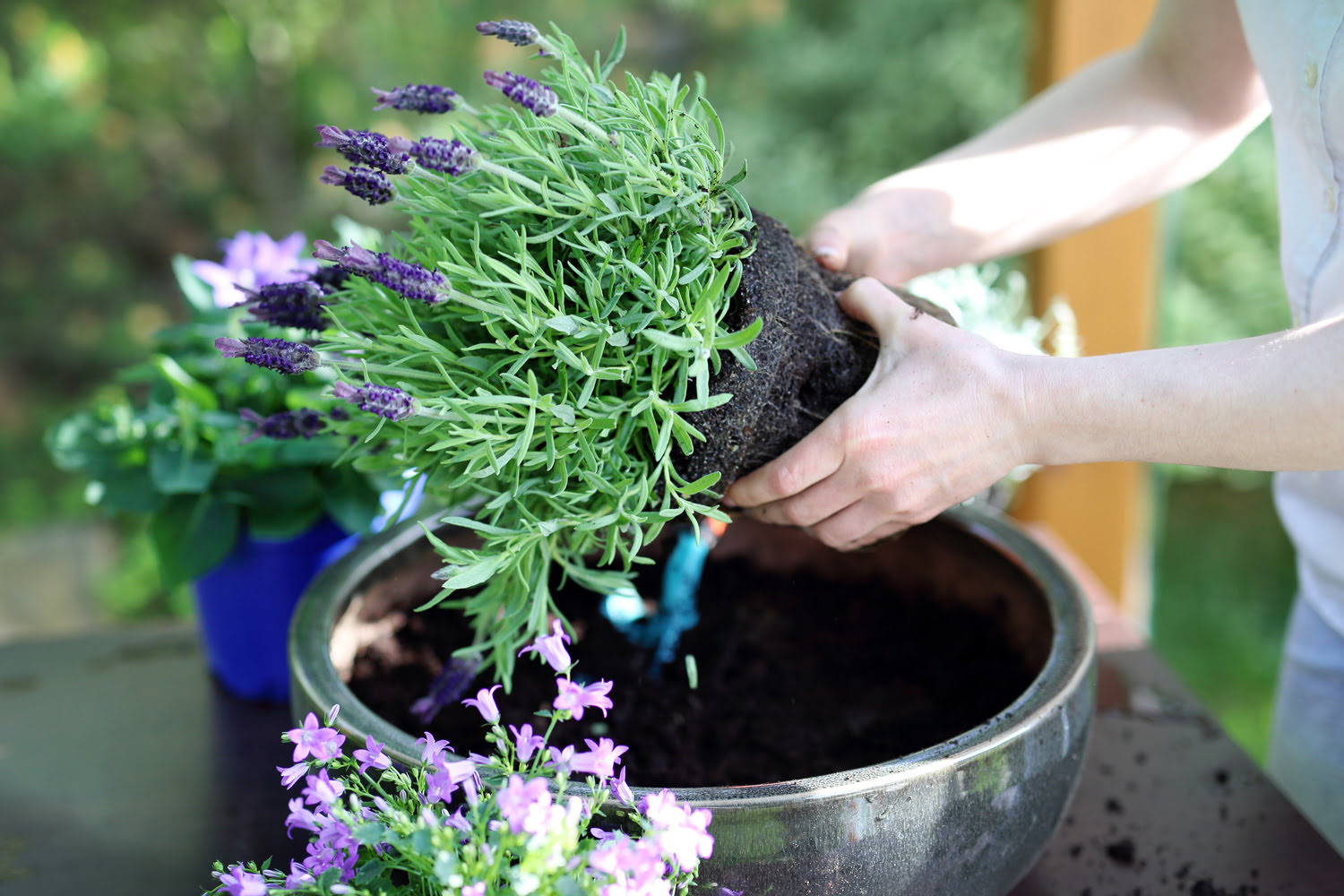
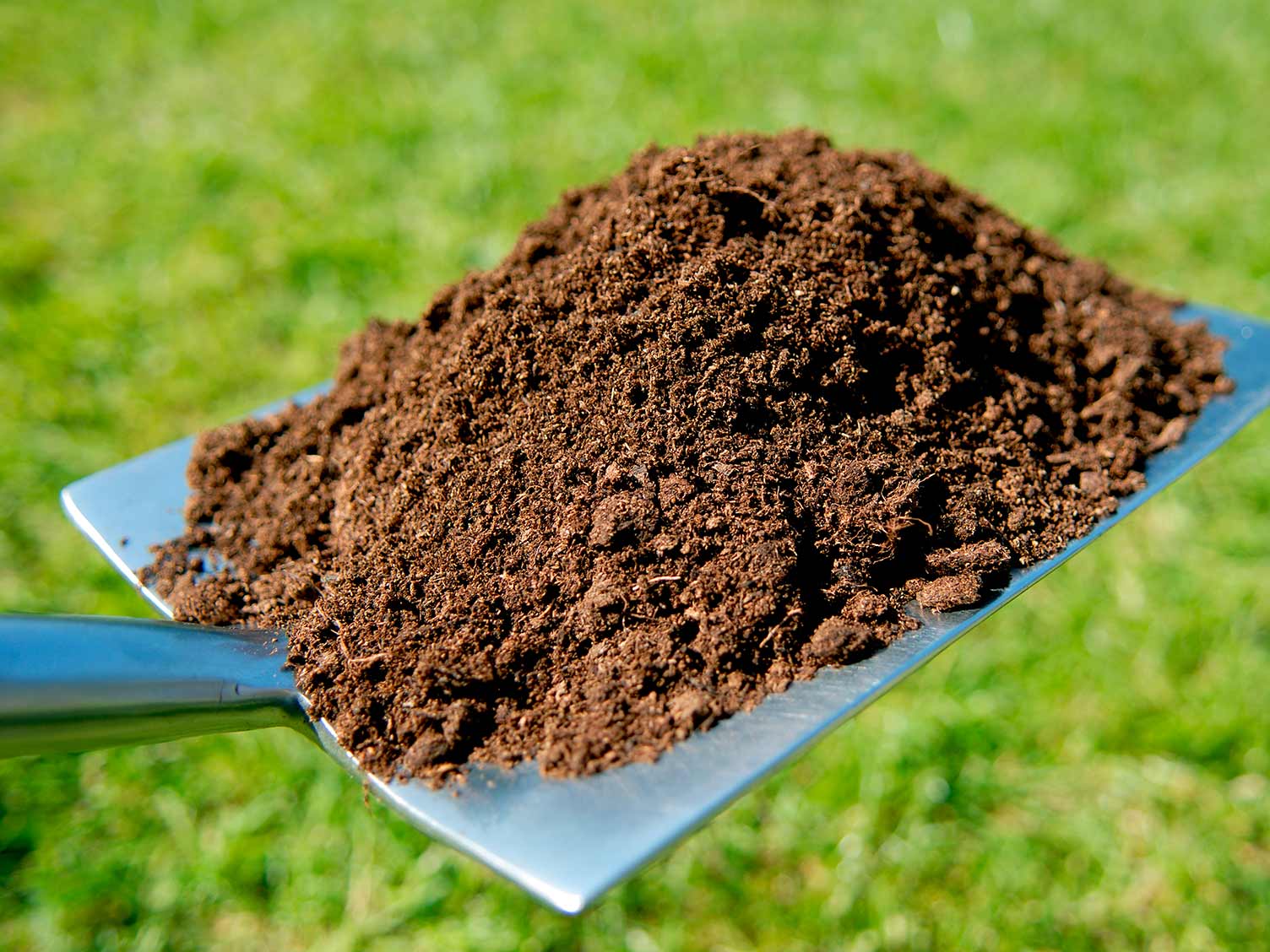
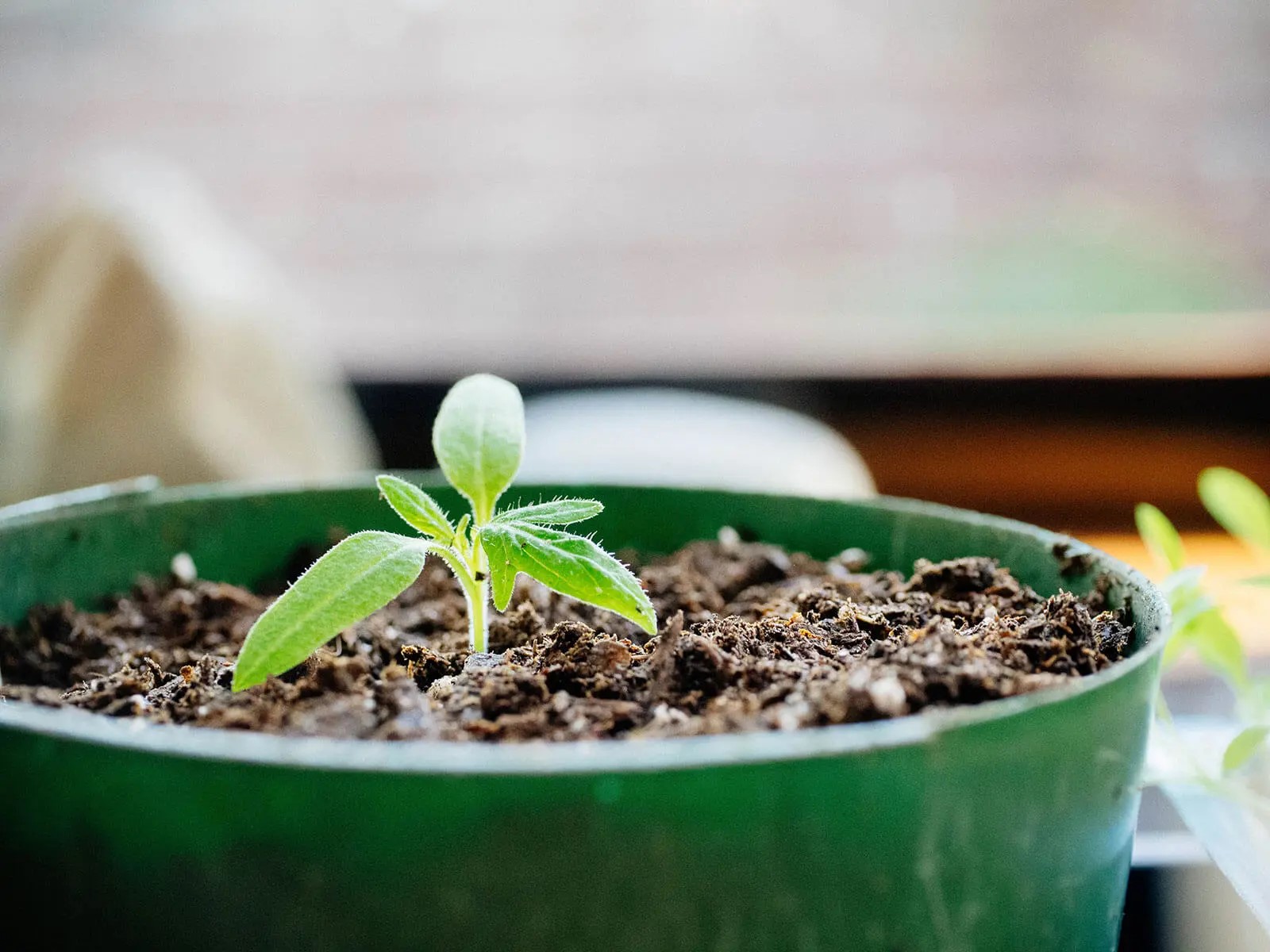
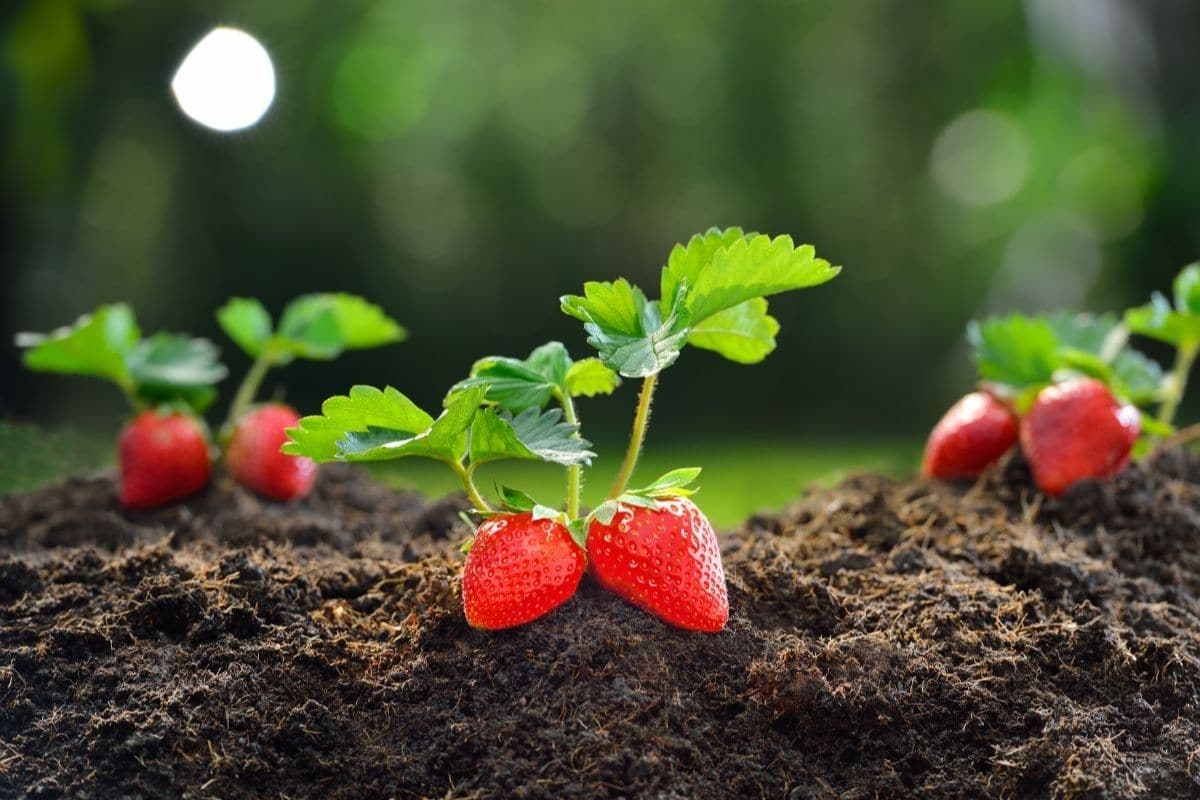
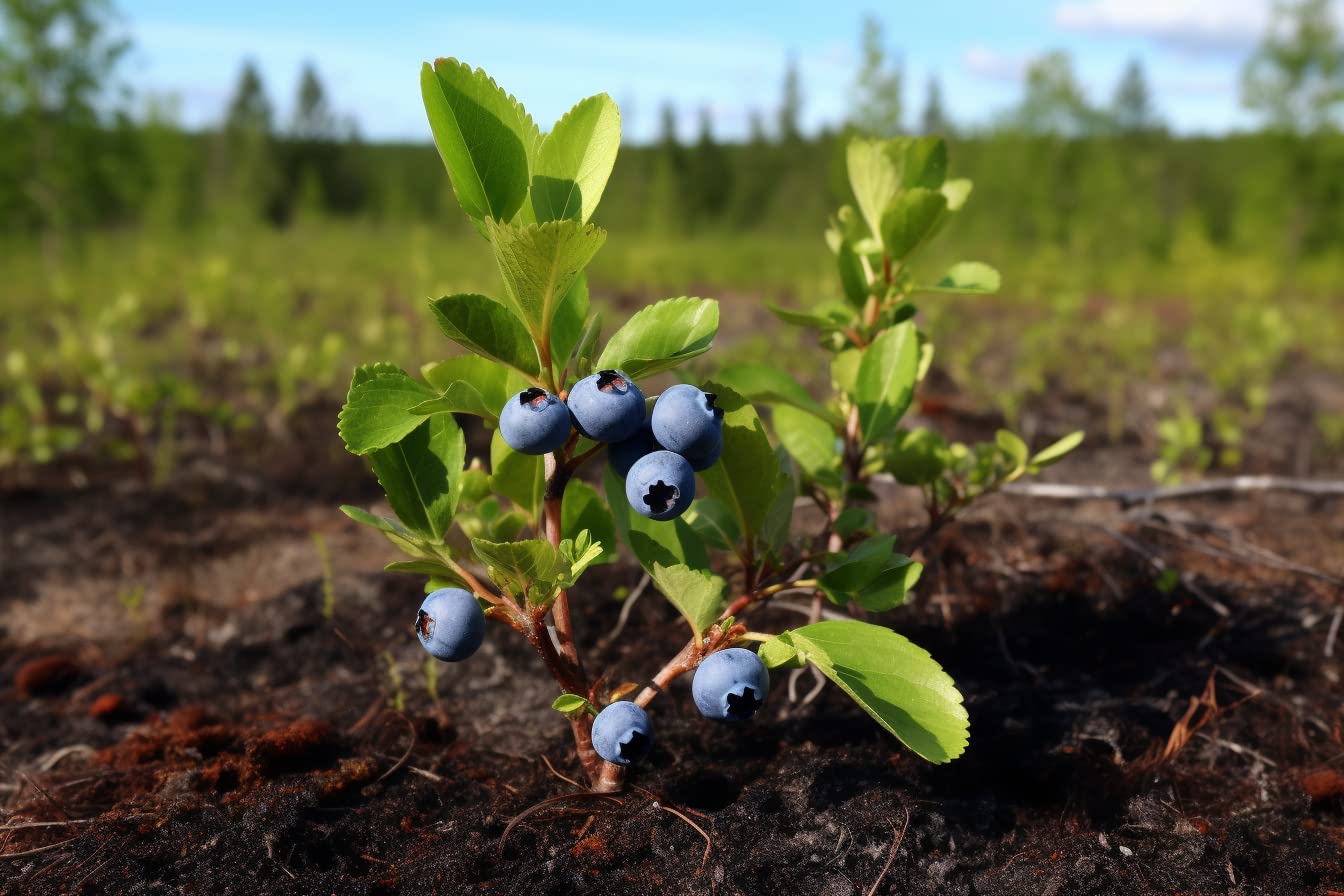

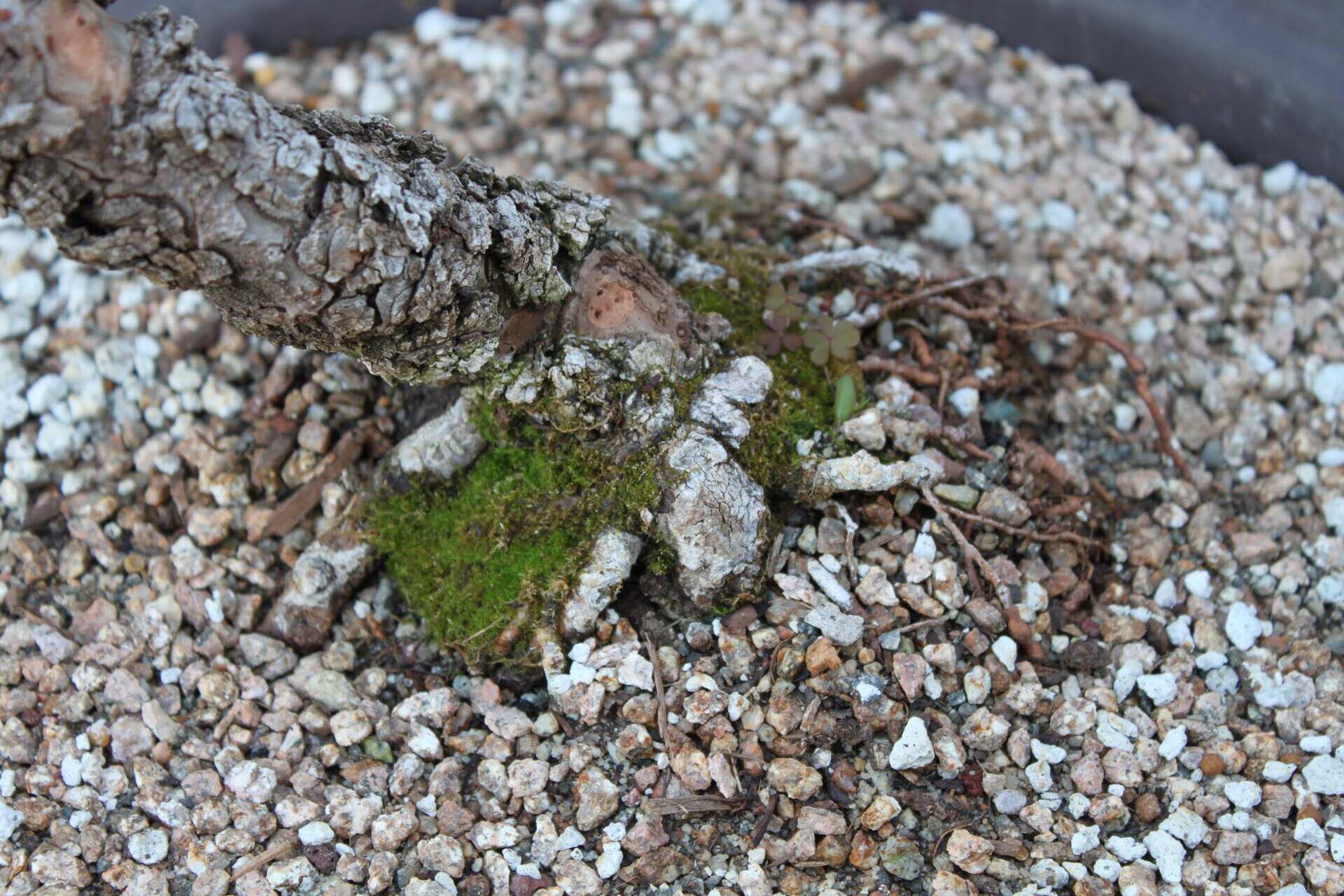

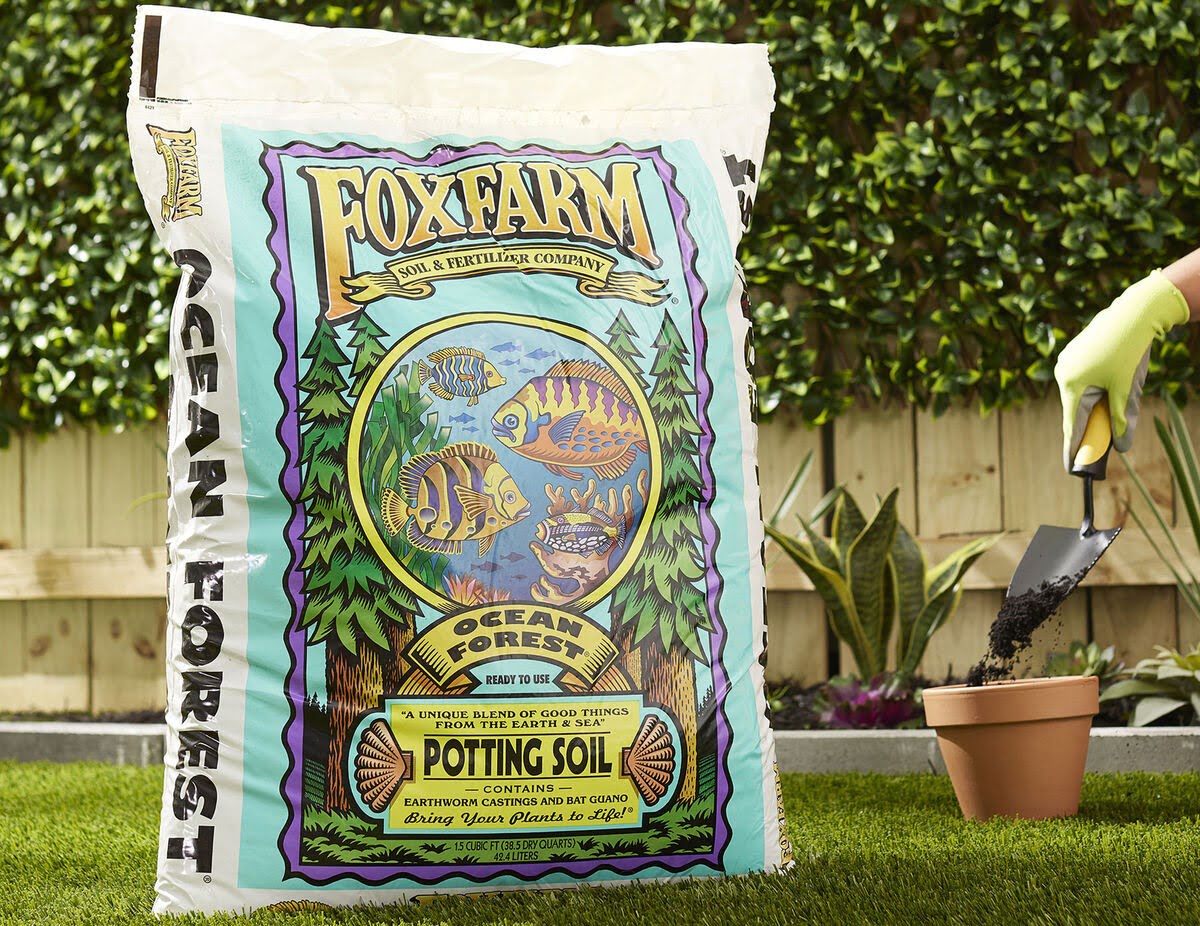
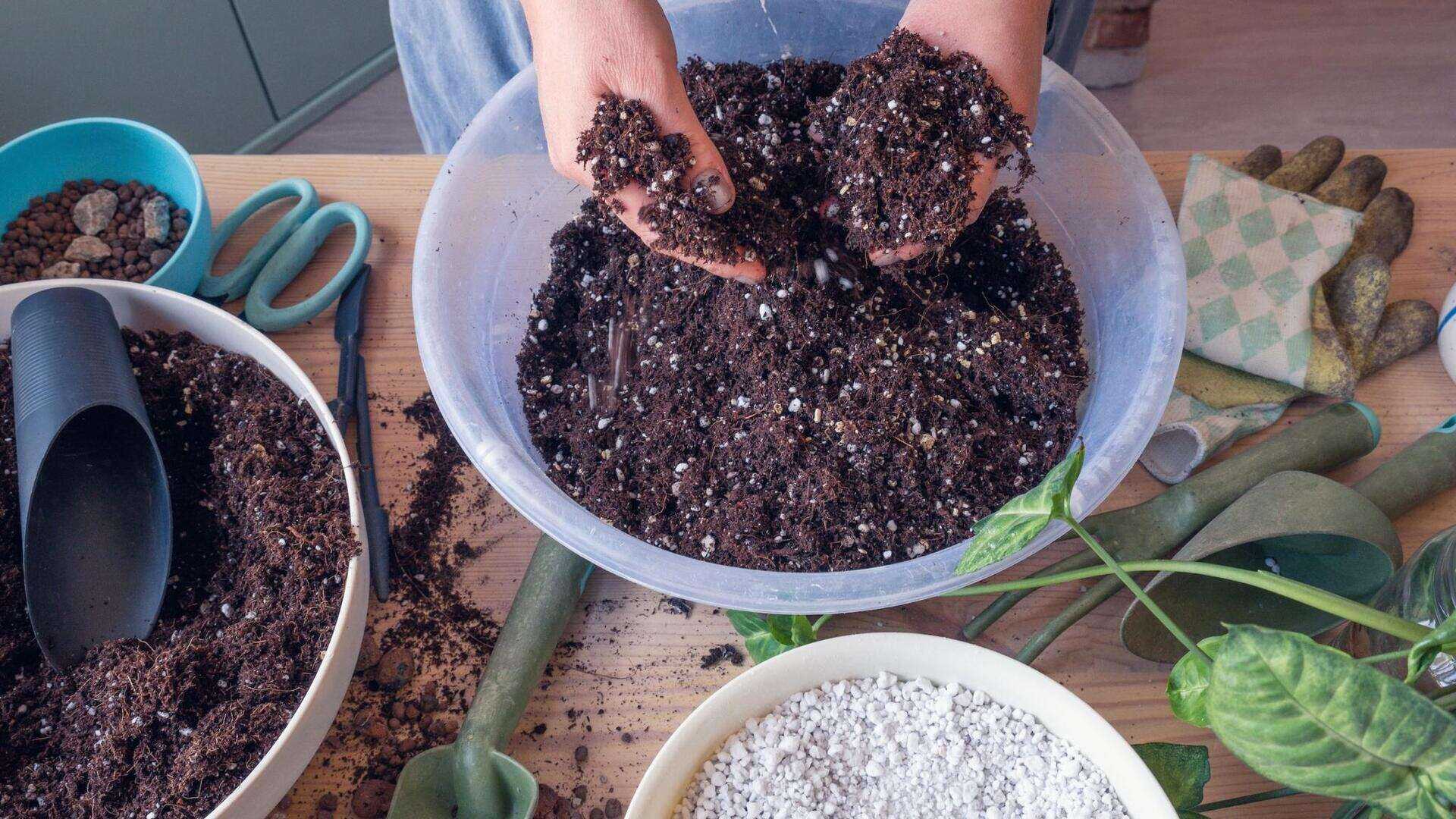
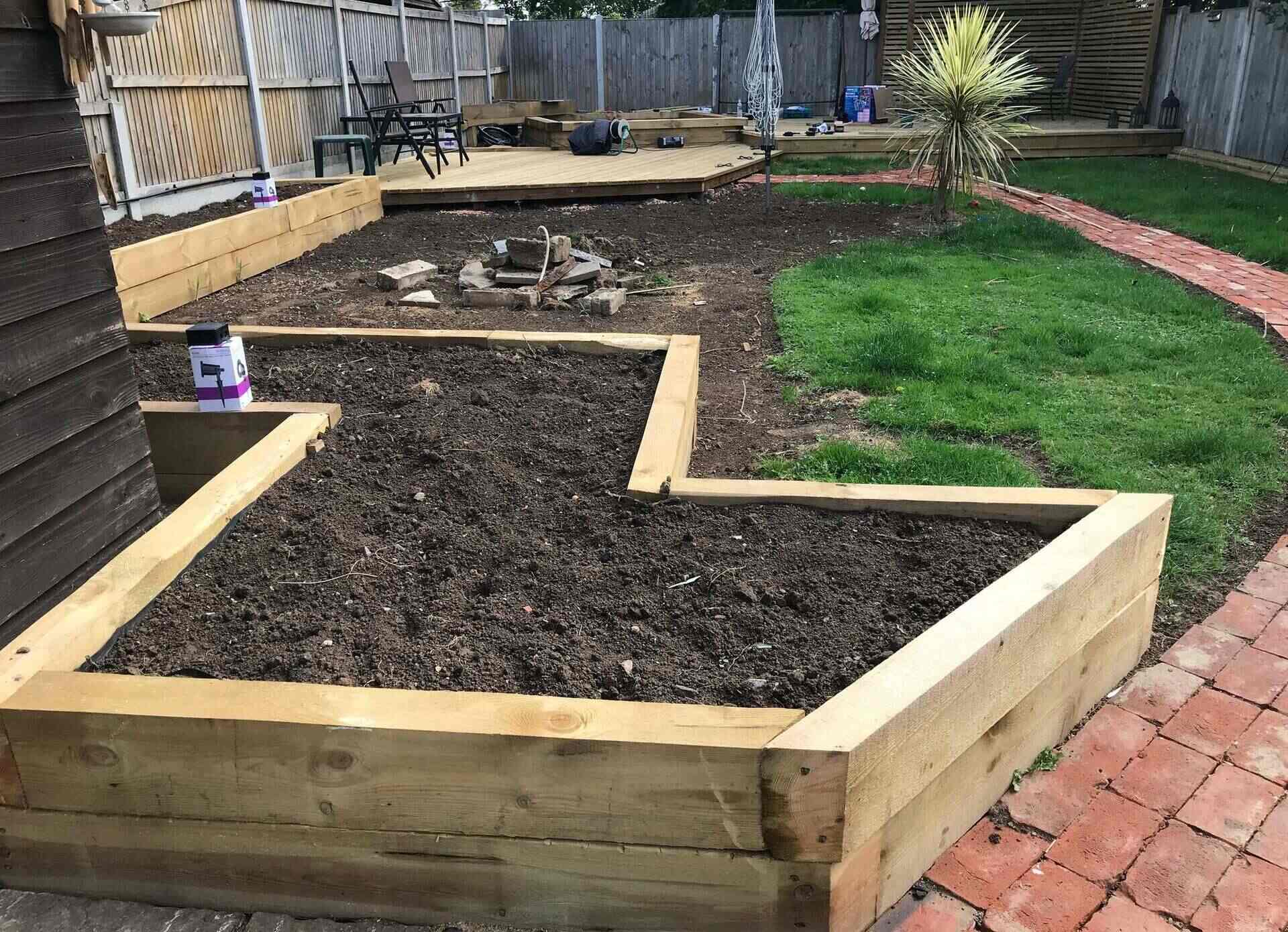
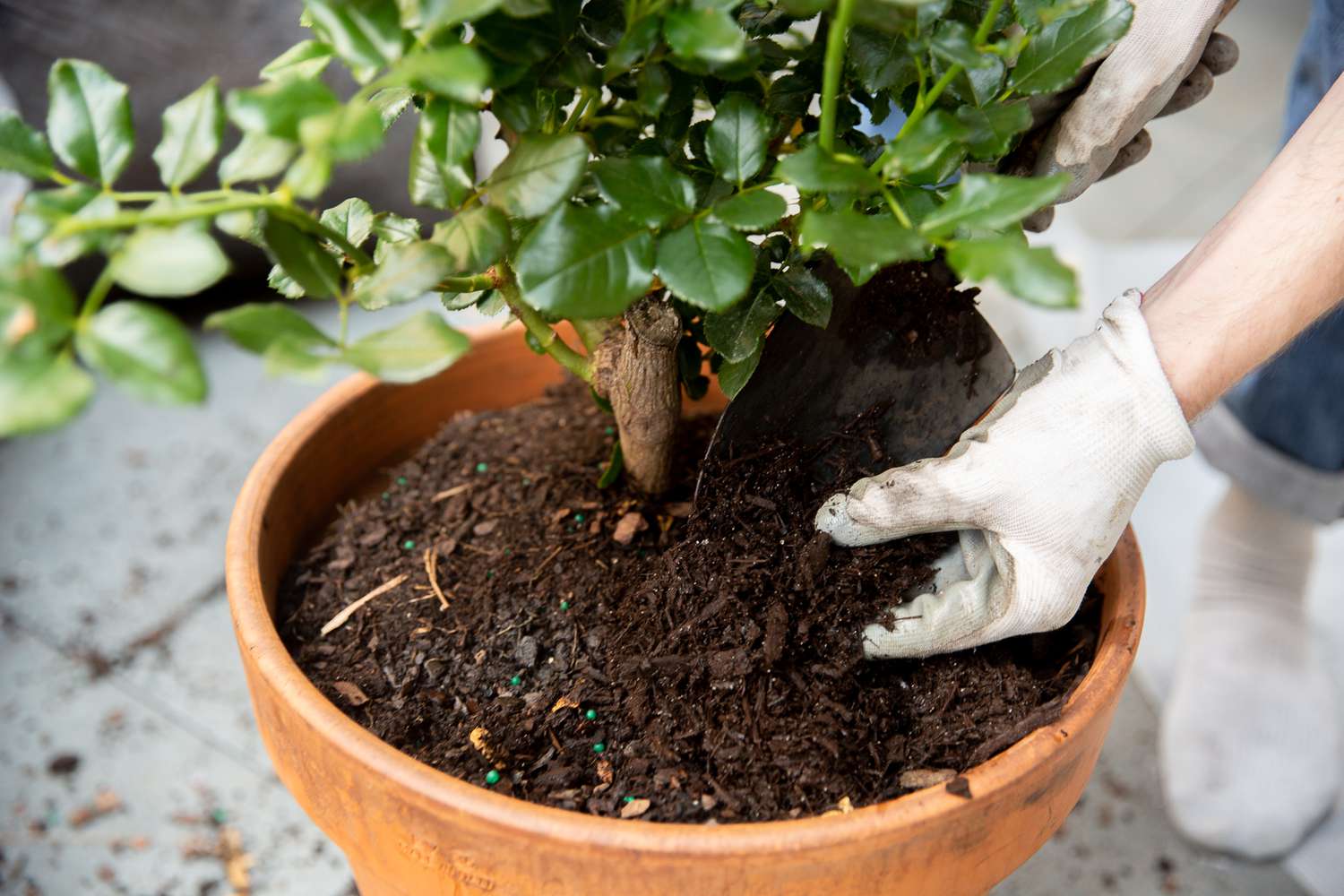

0 thoughts on “50/50 Soil Mix Is Made With What”